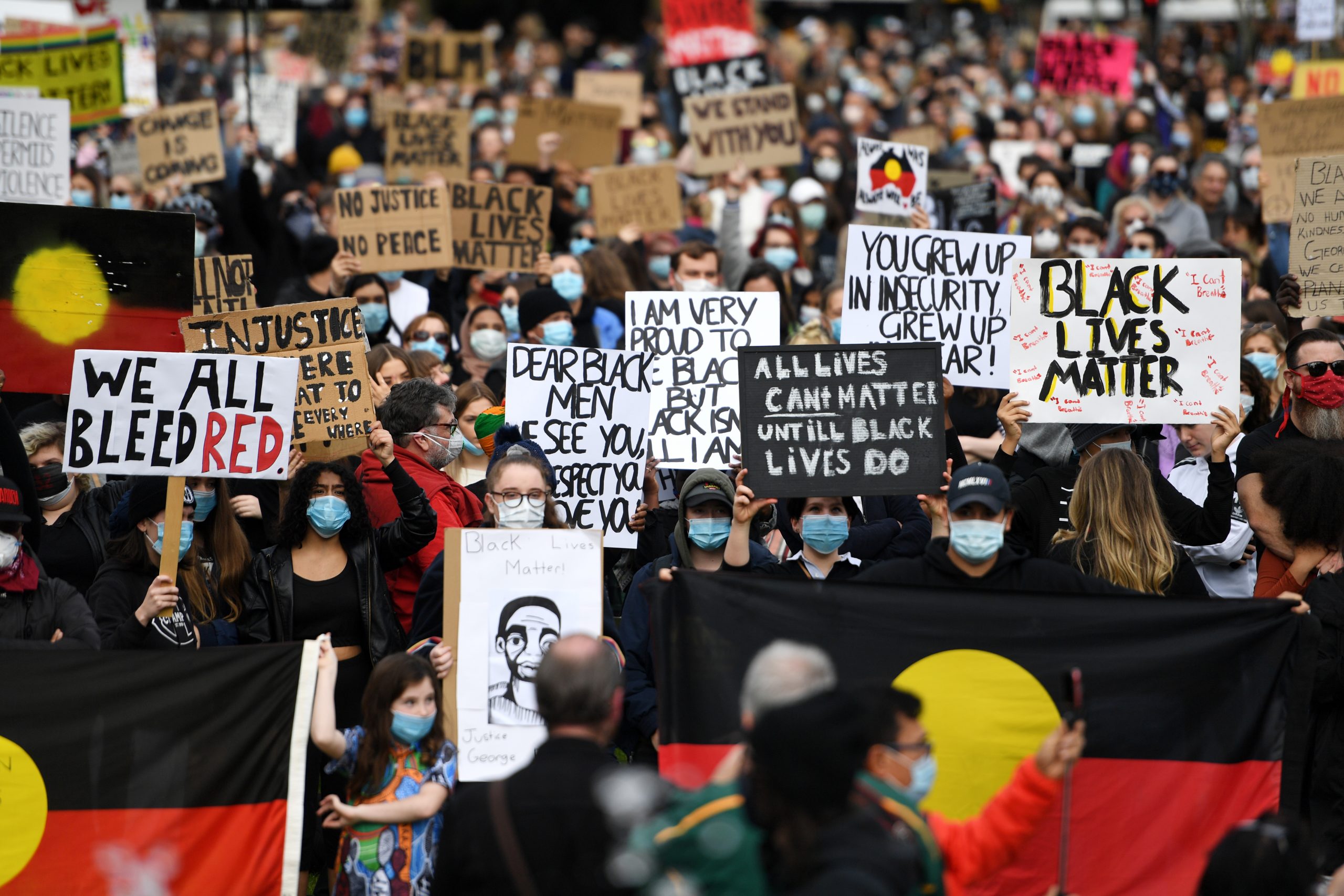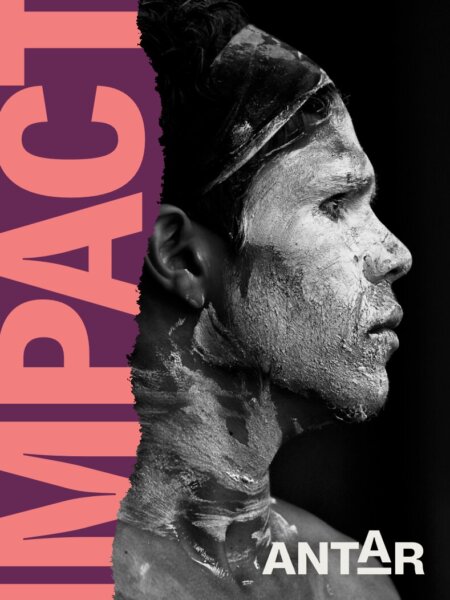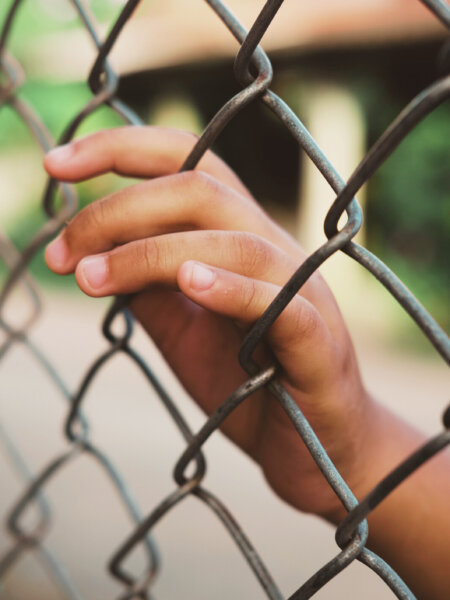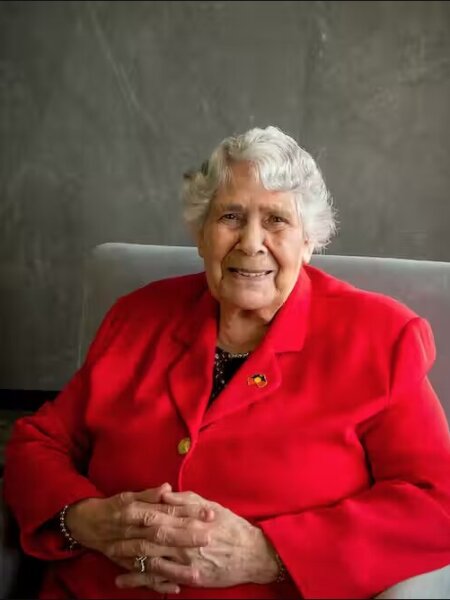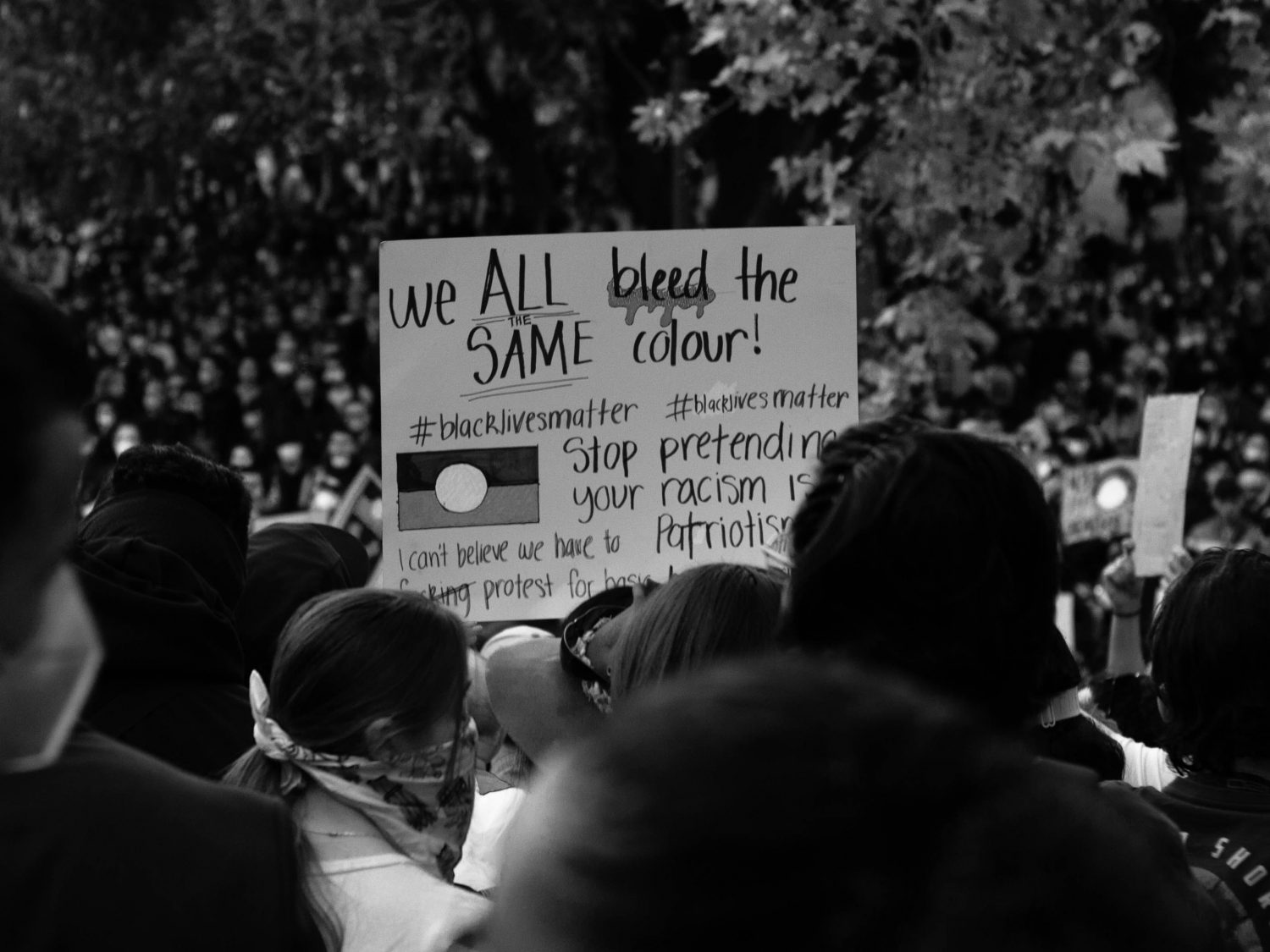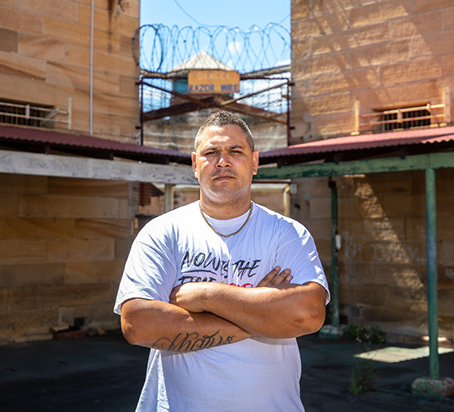The rallying cries of ‘no more deaths in custody’ may not be well known amongst non-Indigenous Australians, however, they echo the Royal Commission into Aboriginal Deaths in Custody (RCIADIC) of nearly 30 years ago. The Royal Commission (1987-1991) was set up in response to community agitation and suspicion of police involvement in a spate of Aboriginal and Torres Strait Islander deaths in custody the previous year. It was tasked with investigating the 99 First Nations deaths that had occurred in police custody since January 1980. In the three decades since the RCIADIC final report in 1991, there have been more than 500 First Nations deaths in custody, and no associated convictions.
2021 marked the 30th anniversary of the Royal Commission into Aboriginal Deaths in Custody (RCIADIC). The Royal Commission’s Final Report was an extraordinarily thorough document, running to ten volumes with 339 Recommendations. It was the first time in Australian history that a document of national significance publicly established and acknowledged the relationship between the disadvantaged conditions of First Nations Peoples and Australia’s colonial past. The only other similar truth-telling document of national status is the 1997 Bringing Them Home Report. The RCIADIC Final Report concluded that First Nations people were 16.5 times more likely than non-Indigenous people to die in custody between 1990 and 1995. This statistic reflects First Nations People’s disproportionate rate of incarceration, structural racism, and systemic bias.
The recommendations were targeted to reduce incarceration rates and in turn the number of First Nations deaths in custody, however the majority of these recommendations have failed to be implemented. A central finding of the RCIADIC Report revealed that the present conditions of over-representation of First Nations People in detention, had their ‘origins in structural, systemic injustice to a disadvantaged minority rather than in a propensity in this group to increased criminality’.
Read more on RCIADIC and First Nations deaths in custody here.
In 2018, an Australian Law Reform Commission Report, Pathways to Justice, was requested by the federal Attorney-General. With 35 key recommendations, it set out yet another road map for addressing the over-incarceration of First Nations People in Australia. To date, however, there has been no formal government response.
Statistics
- Aboriginal and Torres Strait Islander prisoners accounted for over a quarter (28%) of the total Australian prisoner population, while being less than 3% of population.
- Three out of four Aboriginal and Torres Strait Islander prisoners…had been imprisoned under sentence previously.
- The median age of Aboriginal and Torres Strait Islander prisoners was 32 years (younger than non-Indigenous prisoners).
- The median aggregate sentence length for Aboriginal and Torres Strait Islander prisoners was 2.0 years.
- At least 500 deaths since RCIADIC.
- First Nations people die in custody from treatable medical conditions and are much less likely than non-Indigenous to receive care required.
- Agencies such as police watch-houses, prisons and hospitals fail to follow their own procedures in 34% of cases of First Nations deaths compared with 21% of non-Indigenous deaths.
- Mental health is an issue in 41% of ALL deaths however First Nations people received care in only 53% of cases.
- Families wait up to 3 years for inquest findings in some states.

